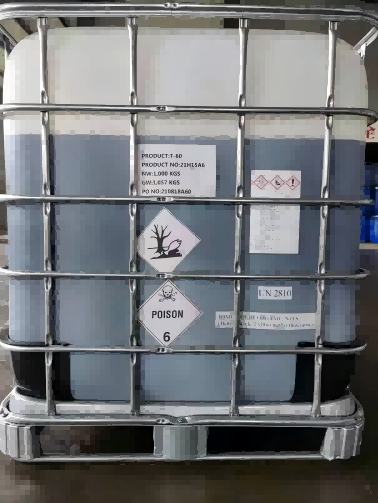
Brief introduction:
2-(Thiocyanomethylthio)benzothiazole is also called TCMTB, it’s the widely used fungicide and biocide in the leather manufactures, Syner Chem TCMTB-based biocide with different assay including TCMTB 30%, TCMTB 60% and TCMTB 80%. Syner Chem TCMTB Fungicide as a non-metallic organic sulfur-nitrogen heterocyclic compound with excellent fungicidal and bactericidal activity. TCMTB Fungicide is stable in acidic and weakly alkaline media. It can be used alone or in combination with other fungicides. TCMTB can be combined with a series of surfactants to form a fungicide concentrate, which forms a stable emulsion when diluted with water. TCMTB is a very economical and effective green fungicide. TCMTB, BUSAN30 of Buckmam in the United States, and BIOCIDE MT30 of Progiven in France are all in the same category.
Chemical Name: Thiocyanic acid (2-benzothiazolylthio)methyl ester
2-(thiocyanomethylthio)benzothiazole
CAS No: 21564-17-0
Molecular Formula: C9H6N2S3
Molecular Weight: 238.35
Package: 200kg drum or 1000kg IBC Tank.
Items | Standards |
Appearance | Amber or dark red viscous liquid |
TCMTB Content % | 30%±2, 60%±2, 80% ±2 |
Specific Gravity, g/cm3 | 1.3-1.4 |
Odor | Mild |
Properties:
Syner Chem TCMTB organic sulfur fungicide algaecide with reliable broad-spectrum bactericidal activity.
Our TCMTB based fungicide can strongly inhibit or kill (molds) and can inhibit or kill Gram-positive and Gram-negative bacteria. Anti-mold agent TCMTB has no impact on human health, safety, and the environment, and has been widely used in industrial and agricultural production. The freezing point is <-5℃ and the stability is stable under normal storage conditions. It will decompose if it is placed in an environment above 60℃ for a long time. It will rapidly decompose after being placed in a high-temperature environment above 100℃ for 4 hours.
Syner Chem TCMTB is not easy to volatilize, can be dissolved in organic solvents or dispersed in water, it has no corrosive effect on steel and copper, will not change color or stain, and will not hinder the use of nitro varnish or varnish. Therefore, it has attracted much attention in the wood processing industry and surface coating industry.
Syner Chem TCMTB is an ideal fungicide algaecide, which is compatible with other water treatment agents (except chlorine). It has low volatility and good stability to temperature, pH and ultraviolet rays. Such as TCMTB+glutaraldehyde (both compounds have significant synergistic effects).
Stability: Stable in acidic and weakly alkaline solvents, pH ≤ 8.5.
Storage Notes: Sealed stored in cold, dry, good ventilated place, avoid high temperature and moist.
The nutrients such as oil and protein contained in leather provide favorable conditions for the growth of mold, so mold is one of the common quality problems of leather. Mild mold affects the appearance of leather, and severe mold can reduce the physical and mechanical properties of leather. Adding antifungal agents is the most effective means to prevent leather from mold, but most antifungal agents, while effectively preventing leather from mildewing, also bring different degrees of negative impacts to humans, animals, and the environment. For example, when the content of antifungal agents in leather is high, it is very easy to cause human allergies. According to leather production experience and existing literature, the antifungal agents used in the leather production process are mostly products with 4-chloro-3-methoxyphenol (CMK), o-phenylphenol (OPP), N-octylisothiazolinone (OIT) and thiocyanate (TCMTB) as active ingredients. Among them, the antifungal agent products with TCMTB as the active ingredient are the most widely used. It has been listed as a standard additive for leather antifungal agents in many countries such as the United States and New Zealand. Some foreign traders have already put forward requirements for the content of these four substances in leather. Therefore, mildew inhibitors in leather and fur have become an important technical indicator for leather quality control.
TCMTB as Leather Anti-mold biocides, when the leather is affected by microorganisms during the kneading process, the product quality will decline. This is due to the action of bacteria in the early stages of kneading (ripening and soaking) and the action of fungi in the later stages. TCMTB can provide effective protection without adverse effects on the quality of leather. TCMTB can also be used for short-term salt-free storage of leather and fur to prevent leather products that have been pickled or nitrated from being damaged by bacteria. However, special attention should be paid to the use system pH not exceeding 8.0, otherwise the mildew preventer will become ineffective.
In order to match the different clients requirement with different assay, we produced different assay TCMTB biocides. Pls be note, for TCMTB 80%, when the temperature is lower especially, because of its higher assay, it may precipitate, but does not affect the actual use.
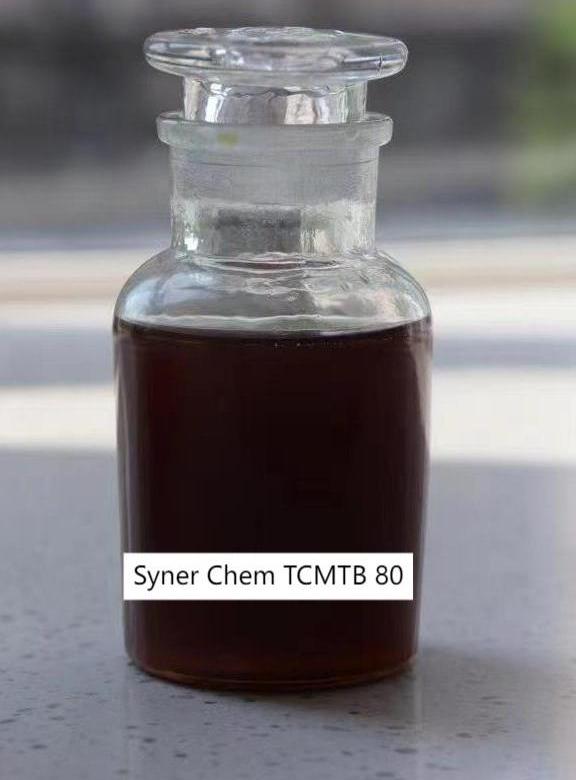
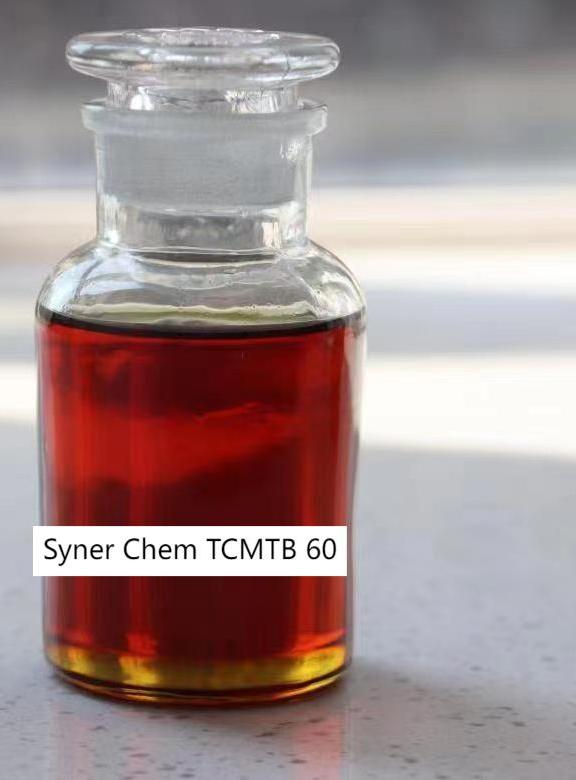
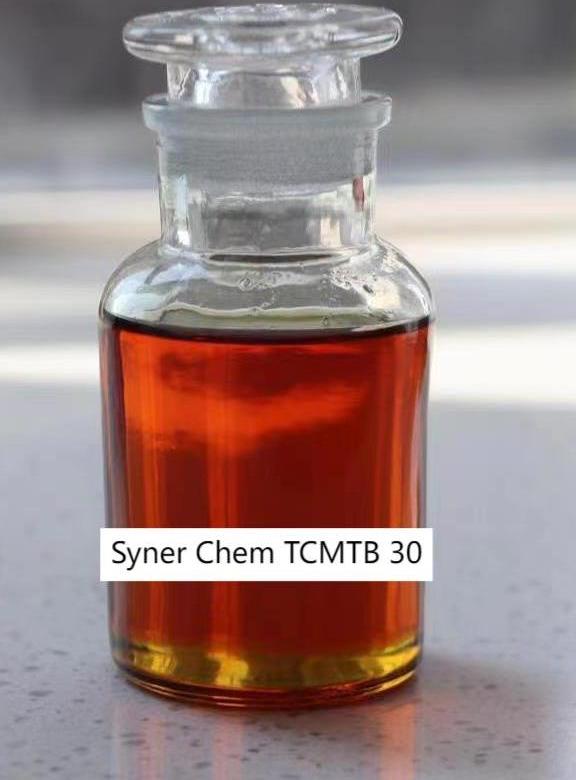
Syner Chem TCMTB biocides are approved by leather manufactures from Brazil, Agentina, Vietnam, India, Turkey etc. Syner Chem has professional delivery experience by working together with our shipment agent for more than 10 years.
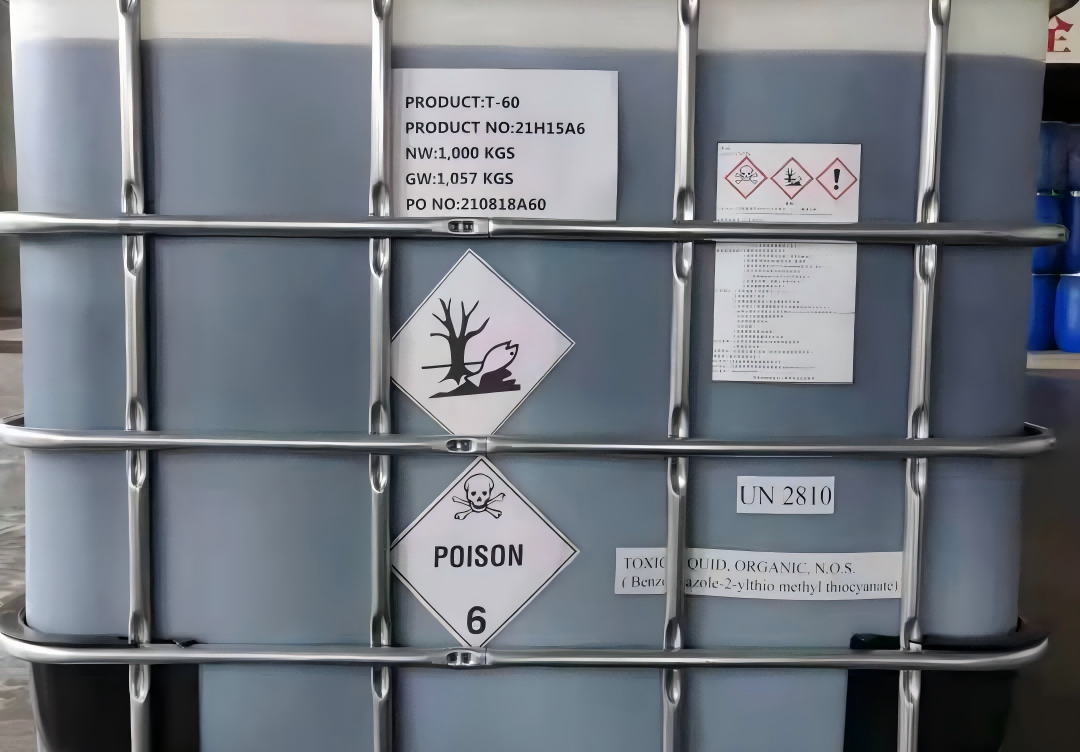


Corrosive Liquid
UN: 1760
Class: 8
Packing Group:III


TCMTB can be dispersed in water according to the corresponding proportions, stirred sufficiently, and further diluted according to the situation. When diluting, TCMTB should be added to water, not water to TCMTB. TCMTB will slowly degrade in water, so when preparing TCMTB emulsion, it should be prepared and used immediately. The dosage is generally 0.2-0.5%.

In addition to being widely used in the leather industry, TCMTB also has the following main uses:
1. Wood preservation
TCMTB can inhibit bacteria and fungi that attack wood. TCMTB is not easy to volatilize and can be dissolved in organic solvents or dispersed in water. It has no corrosive effect on steel and copper, will not discolor or stain, and will not hinder the use of nitro varnish or varnish. Therefore, it has attracted much attention in the wood processing industry and surface coating industry.
2.Pulp, paper, and paperboard mildew inhibitor and anti-mold agent
TCMTB is also one of the best sterilizers in the pulp and paper industry. It can be used in the following areas:
(1) Protect stored wood chips from microbial damage.
(2) Used in papermaking raw materials to inhibit bacterial growth and the growth of cellulose-decomposing fungi.
(3) Can effectively inhibit anaerobic bacteria to prevent equipment corrosion.
(4) Can prevent microbial action from producing hydrogen sulfide and volatile fatty acids that make paper and paperboard smelly.
(5) Can prevent additives from being destroyed by microorganisms.
TCMTB can also prevent coated or uncoated paper and cardboard from mold and damage.
3. Bactericide for industrial cooling water treatment system
TCMTB is an ideal bactericide and algaecide, which is compatible with other water treatment agents (except chlorine). It has low volatility and good stability to temperature, pH and ultraviolet light. Such as TCMTB + glutaraldehyde (both have significant synergistic effects).
In the past decade, foreign countries have used TCMTB as a biocide in industrial circulating cooling water systems. For example, Buckman Company in the United States has a series of biocides with TCMTB as the main ingredient. The brand names are: MECT, MECT-WB, MECT-5, TCMTB-1030, TCMTB-5, etc. Nalco, Betz, Kurita and other companies also have patent reports in this regard.
4. Paint canning preservative and dry film anti-mold agent
TCMTB can be used for the corrosion protection of water-based paints, and can also be used as a paint film mildew preventer to prevent the growth of mold and algae on the coating surface. Microbial damage to latex paint will change the rheological properties and cause odor. TCMTB has a more significant effect on protecting the paint film than organic tin compounds.
5. Application in cutting oil
Whether it is an aqueous solution or an emulsion, TCMTB can prevent metalworking fluids from being damaged by microorganisms. Since there are many types of metalworking fluids, a compatibility test should be conducted before using TCMTB (not suitable under alkaline conditions).
6. Agricultural fungicide
TCMTB is a broad-spectrum seed protectant that has significant preventive effects on fungal or bacterial diseases spread by soil and seeds. It can be used for seed dressing, seed soaking, root irrigation or foliar spraying to prevent and control rice blast, sesame leaf spot, white leaf blight, sheath blight, sugarcane pineapple disease, vegetable anthracnose, melon anthracnose, damping-off, damping-off, vine cutting, citrus canker and other diseases.
7. Other industries:
It can be used as a fungicide for water injection in secondary oil recovery and a preservative and mildew-proof agent for fuel oil and crude oil preservative aqueous solution system or dispersion system, etc.

For many years, TCMTB has been the most widely used and most reliable in leather mildew prevention, and has been listed as a standard leather additive by the United States and New Zealand. It has also been used in American military leather.
TCMTB and OITZ are products recommended by the International Joint Environmental Committee for the use of clean processes in leather production because of their low toxicity, wide applicability, low harm to the environment and human body, and easy biodegradation.
TCP contains PCP, which affects its use. Some German companies strictly limit the TCP content in leather to less than 1ppm. In addition, other phenolic compounds are threatened again. For example, 0PP is relatively safe for humans and the environment, but it has been listed as a carcinogen in California, USA. According to environmental requirements, PCP, TCP, p-nitrophenol, -teaphenol, p-chlorodiphenol, etc. are strictly restricted.
Benzothiazole fungicides mainly includes mercaptobenzothiazole (MBT) and 2-(thiocyanatomethylthio)benzothiazole (TCMTB).
MBT can be obtained by heating dithiobenzoic acid, 2,2′-dithiodibenzothiazole and triphenylphosphine in benzene. MBT has a broad-spectrum bactericidal effect, but its toxicity is relatively high. First, mercaptobenzothiazole is made into sodium salt and reacted with bromochloromethane in acetone solution to obtain 2-(chloromethylthio)benzothiazole, and then 2-(chloromethylthio)benzothiazole is reacted with ammonium thiocyanate in acetone to obtain 2-thiocyanatomethylthiobenzothiazole. The commodity 2-thiocyanatomethylthiobenzothiazole (TCMTB) is generally a 30% emulsion.
In agriculture, it can be diluted 1000~1500 times to prevent and control anthrax, bacterial angular spot, damping-off, vine blight, powdery mildew, etc. of fruits and vegetables. In the leather industry, it can be used as both a bactericide and a mildew inhibitor.
Bactericidal and mildew-proof tests show that TCMTB can not only effectively inhibit common harmful bacteria on raw hides, but also inhibit molds such as Aspergillus niger, Penicillium wilt, Aspergillus flavus, Penicillium apicalum, and Trichoderma on leather.
In addition to being used for raw hide preservation and water immersion preservation, it can also be used for mildew prevention of wet blue leather and dry leather, and can also be used for mildew prevention of protein finishing agents and protein coatings.
During use, if TCMTB encounters sulfide or sulfite, it will decompose into MBT with poor bactericidal effect and high toxicity. It will be inactivated under alkaline conditions: after being absorbed by oil, its effective concentration around bacteria will be reduced. Therefore, when using it, it is necessary to avoid these problems as much as possible to obtain a good bactericidal effect.
Isothiazolinone compounds are a new type of high-efficiency broad-spectrum bactericides with bactericidal, algaecidal, and antiseptic functions. They have good killing effects on Escherichia coli, Bacillus subtilis, Aspergillus niger and other microorganisms, and have been widely used in various fields of industry. Its bactericidal mechanism is that the bactericide molecules can penetrate the cell wall of microorganisms and enter the cell interior, and combine with the alkaline bases on the nucleic acid (RNA and DNA) in the cell, thereby inhibiting the regeneration and reproduction of microorganisms.
The isothiazolinone bactericide was first patented by the American Rohm & Haas Company (ROHM&HAAS), and the product code is Kathon series. In the late 1980s, my country also began the research and development of this series of bactericides, and the development focus was on the application in cosmetics and detergents, and later it was used for sterilization and algae removal in industrial circulating cooling water.
Now isothiazolinone bactericides have been widely used in various fields of industrial production. At present, there are two main isothiazolinone bactericide products on the market. One is methylisothiazolinone and its vapor, mixed at a ratio of 1:3~3.5, and the content of active ingredients in the product is not less than 1.5%; the other is n-octylisothiazolinone, with an effective content of 45%. The synthesis routes of these two compounds are basically the same. They can both be obtained from methyl acrylate as raw material through three steps of sulfidation, amidation and cyclization. The difference is that during the amidation process, if methylamine is added for reaction, methylisothiazolinone is generated, and if n-octylamine is added for reaction, n-octylisothiazolinone is generated.
Although methylisothiazolinone and n-octylisothiazolinone are both good fungicides, they have their own advantages and disadvantages when used. Methylisothiazolinone has good water solubility and can be made into a solution for use. While n-octylisothiazolinone has better bactericidal properties than methylisothiazolinone, it has poor water solubility and cannot be directly dissolved in water. When used in leather, n-octylisothiazolinone can be made into an emulsion of a certain concentration with an appropriate emulsifier and added to the leather.
Phenol bactericides and mildew inhibitors include trifluorophenol (TCP), pentafluorophenol (PCP), o-phenylphenol (OPP), para-chloro-m-methylphenol (CMC), etc. PCP is the earliest phenolic bactericide and mildew preventer. It has a broad spectrum and high efficiency of bactericidal properties and can effectively kill a variety of bacteria. It is relatively stable to temperature and pH value. However, at high concentrations, PCP can react with proteins in leather to make the grain surface coarser and harder.
PCP is carcinogenic, and burning substances containing PCP will release highly toxic chlorinated benzoquinoline and furan, so its use was first strictly restricted by the German government. The maximum amount allowed in leather is 5 mg/kg of absolutely dry sample. TCP, as a substitute for PCP, is also highly toxic. OPP, as a bactericide and mildew preventer, is relatively safe for the human body and the environment, but some people also believe that it is a carcinogen, and its use has also been restricted in some local regulations in the United States.
For more info related our biocides and Fungicide, pls contact us.




Brief introduction:
2-(Thiocyanomethylthio)benzothiazole is also called TCMTB, it’s the widely used fungicide and biocide in the leather manufactures, Syner Chem TCMTB-based biocide with different assay including TCMTB 30%, TCMTB 60% and TCMTB 80%. Syner Chem TCMTB Fungicide as a non-metallic organic sulfur-nitrogen heterocyclic compound with excellent fungicidal and bactericidal activity. TCMTB Fungicide is stable in acidic and weakly alkaline media. It can be used alone or in combination with other fungicides. TCMTB can be combined with a series of surfactants to form a fungicide concentrate, which forms a stable emulsion when diluted with water. TCMTB is a very economical and effective green fungicide. TCMTB, BUSAN30 of Buckmam in the United States, and BIOCIDE MT30 of Progiven in France are all in the same category.
Chemical Name: Thiocyanic acid (2-benzothiazolylthio)methyl ester
2-(thiocyanomethylthio)benzothiazole
CAS No: 21564-17-0
Molecular Formula: C9H6N2S3
Molecular Weight: 238.35
Package: 200kg drum or 1000kg IBC Tank.
Items | Standards |
Appearance | Transparent or transparent sticky reddish brown liquid |
TCMTB Content % | 30%±2, 60%±2, 80% ±2 |
Specific Gravity, g/cm3 | 1.3-1.4 |
Odor | Mild |
Properties:
Syner Chem TCMTB organic sulfur fungicide algaecide with reliable broad-spectrum bactericidal activity.
Our TCMTB based fungicide can strongly inhibit or kill (molds) and can inhibit or kill Gram-positive and Gram-negative bacteria. Anti-mold agent TCMTB has no impact on human health, safety, and the environment, and has been widely used in industrial and agricultural production. The freezing point is <-5℃ and the stability is stable under normal storage conditions. It will decompose if it is placed in an environment above 60℃ for a long time. It will rapidly decompose after being placed in a high-temperature environment above 100℃ for 4 hours.
Syner Chem TCMTB is not easy to volatilize, can be dissolved in organic solvents or dispersed in water, it has no corrosive effect on steel and copper, will not change color or stain, and will not hinder the use of nitro varnish or varnish. Therefore, it has attracted much attention in the wood processing industry and surface coating industry.
Syner Chem TCMTB is an ideal fungicide algaecide, which is compatible with other water treatment agents (except chlorine). It has low volatility and good stability to temperature, pH and ultraviolet rays. Such as TCMTB+glutaraldehyde (both compounds have significant synergistic effects).
Stability: Stable in acidic and weakly alkaline solvents, pH ≤ 8.5.
Storage Notes: Sealed stored in cold, dry, good ventilated place, avoid high temperature and moist.

Lorem ipsum dolor sit amet, consectetur adipiscing elit. Ut elit tellus, luctus nec ullamcorper mattis, pulvinar dapibus leo.
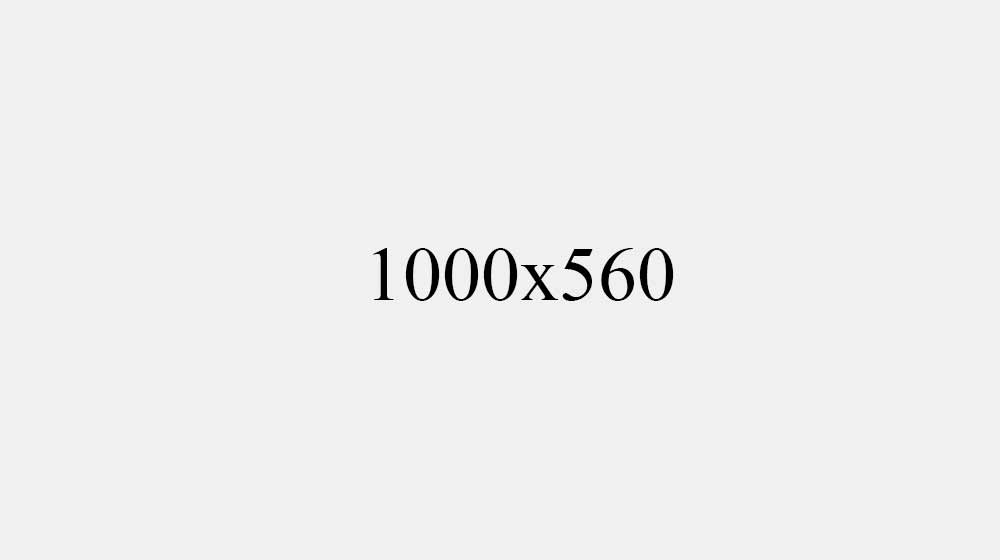
Lorem ipsum dolor sit amet, consectetur adipiscing elit. Ut elit tellus, luctus nec ullamcorper mattis, pulvinar dapibus leo.

Lorem ipsum dolor sit amet, consectetur adipiscing elit. Ut elit tellus, luctus nec ullamcorper mattis, pulvinar dapibus leo.

Lorem ipsum dolor sit amet, consectetur adipiscing elit. Ut elit tellus, luctus nec ullamcorper mattis, pulvinar dapibus leo.

Lorem ipsum dolor sit amet, consectetur adipiscing elit. Ut elit tellus, luctus nec ullamcorper mattis, pulvinar dapibus leo.

Lorem ipsum dolor sit amet, consectetur adipiscing elit. Ut elit tellus, luctus nec ullamcorper mattis, pulvinar dapibus leo.

Lorem ipsum dolor sit amet, consectetur adipiscing elit. Ut elit tellus, luctus nec ullamcorper mattis, pulvinar dapibus leo.
Lorem ipsum dolor sit amet, consectetur adipiscing elit. Ut elit tellus, luctus nec ullamcorper mattis, pulvinar dapibus leo.


Lorem ipsum dolor sit amet, consectetur adipiscing elit. Ut elit tellus, luctus nec ullamcorper mattis, pulvinar dapibus leo.



Contact us right now to get more information, professional advice will be supplied within 12 hours.
You can get a price of this model or send us any question to get any information you would like to know, we will reply to you soonest.